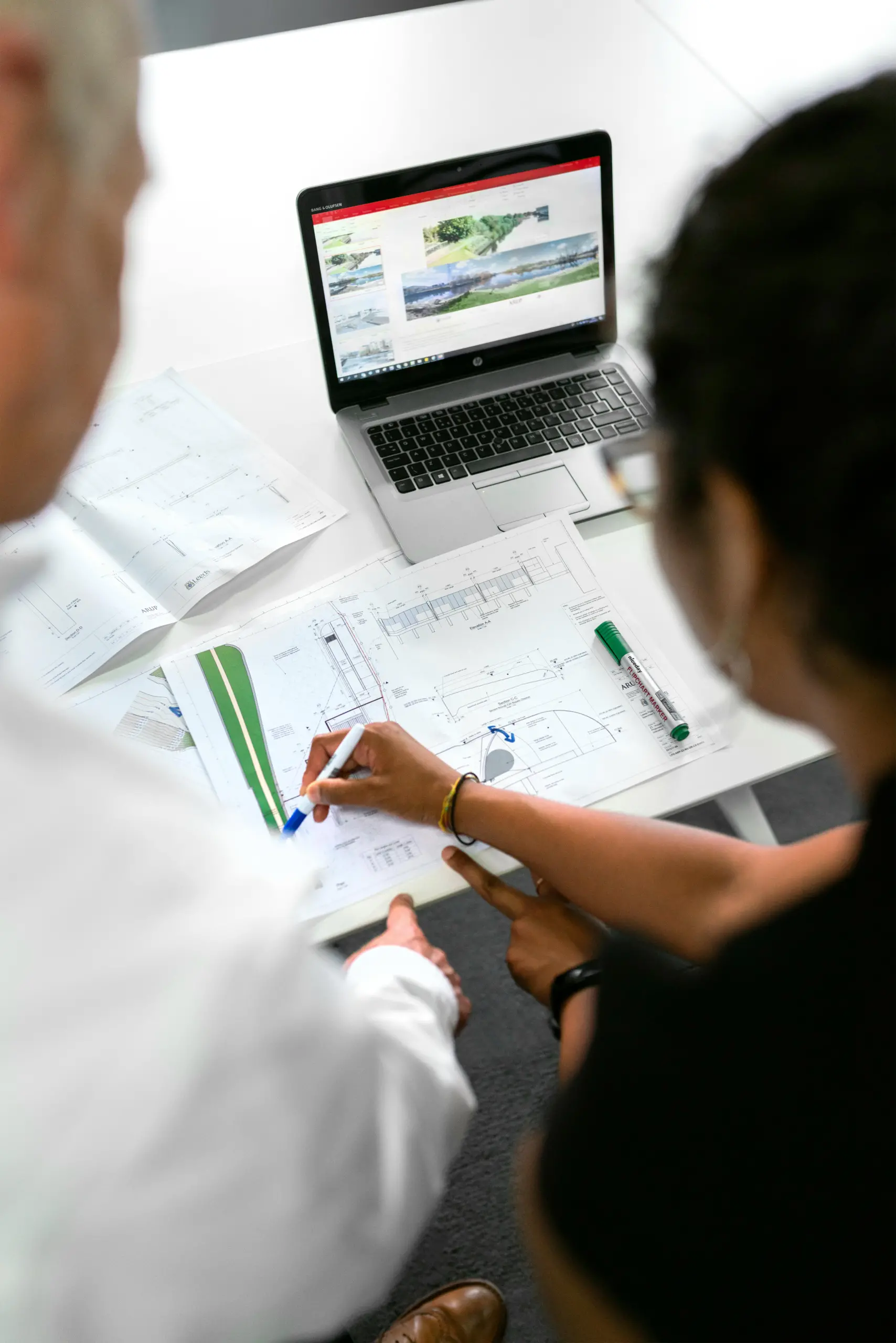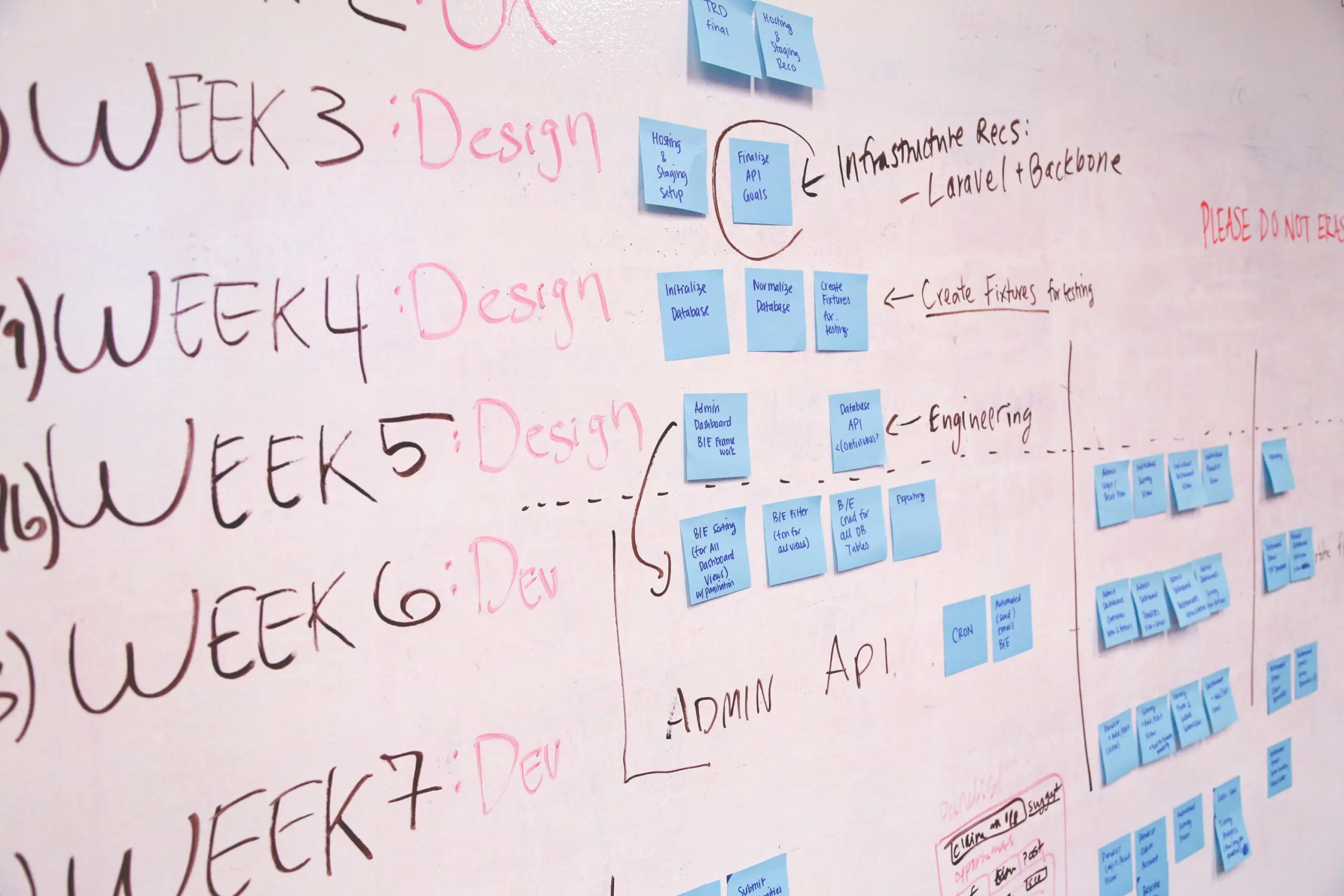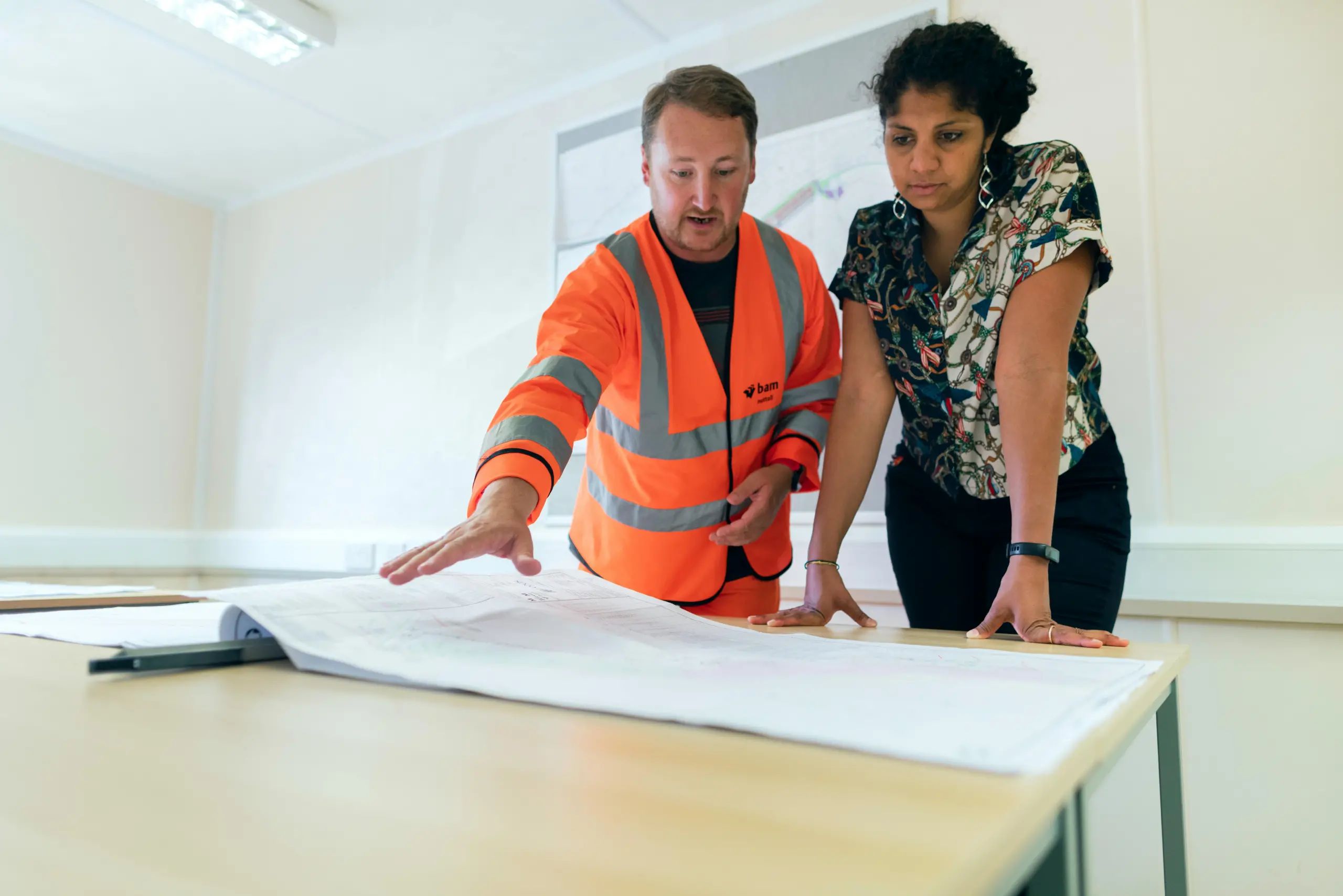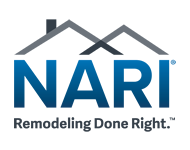
When embarking on a construction project, one of the most crucial decisions you’ll face is choosing the right approach for your project delivery. Traditionally, the construction process involves hiring separate entities for design and construction—usually an architect for the design phase and a general contractor for the build phase. However, the design-build model, where a single entity provides both design and construction services, has been gaining popularity for its efficiency and effectiveness. Here’s why opting for a design-build contractor can benefit your next project.

One of the most significant advantages of the design-build model is the single point of responsibility. With one entity handling both design and construction, you eliminate the potential for miscommunication and blame-shifting between separate parties. This streamlined approach ensures that your project moves forward with a unified vision, reducing the risk of costly errors and delays.

In a traditional design-bid-build approach, the designer and contractor often work independently, which can lead to misunderstandings and conflicts. A design-build contractor fosters a collaborative environment from the outset. The design and construction teams work together to ensure that the design is feasible, within budget, and aligned with the project’s goals. This collaboration can lead to innovative solutions and a more efficient workflow.

The design-build process is inherently more efficient, allowing overlapping design and construction phases. While the design is still being finalized, construction can begin on portions of the project that are ready, which can significantly reduce the overall project timeline. This efficiency is particularly beneficial for time-sensitive projects where speed is of the essence.
 With a design-build contractor, there’s a greater emphasis on cost control from the beginning. Since the design and construction teams work closely together, potential issues can be identified and addressed early in the process, minimizing the risk of budget overruns. Additionally, the design-build model often eliminates the need for costly change orders, as the design is created with the construction process in mind.
With a design-build contractor, there’s a greater emphasis on cost control from the beginning. Since the design and construction teams work closely together, potential issues can be identified and addressed early in the process, minimizing the risk of budget overruns. Additionally, the design-build model often eliminates the need for costly change orders, as the design is created with the construction process in mind.
 Having a single point of contact simplifies communication, making it easier for you to stay informed and involved throughout the project. Instead of juggling multiple contractors, architects, and engineers, you’ll have one entity providing updates, answering questions, and addressing concerns. This streamlined communication can lead to a more satisfying overall experience.
Having a single point of contact simplifies communication, making it easier for you to stay informed and involved throughout the project. Instead of juggling multiple contractors, architects, and engineers, you’ll have one entity providing updates, answering questions, and addressing concerns. This streamlined communication can lead to a more satisfying overall experience.
In the design-build model, the contractor is accountable for the entire project, from concept to completion. This accountability can lead to a higher level of quality control, as the contractor is motivated to ensure that the project meets or exceeds your expectations. If any issues arise, the design-build contractor is responsible for resolving them, giving you peace of mind.

When design and construction teams collaborate closely, there’s a greater opportunity for innovation. Design-build contractors can leverage their practical construction experience to suggest creative solutions that improve the project’s functionality, aesthetics, and cost-effectiveness. This integrated approach can result in a final product that is both unique and well-executed.
The design-build approach helps mitigate risks associated with construction projects. With clear communication, collaborative problem-solving, and a focus on quality, the chances of unexpected complications are significantly reduced. Moreover, since the design-build contractor is responsible for both design and construction, the potential for disputes and litigation is minimized.
Choosing a design-build contractor for your construction project offers numerous benefits, from streamlined communication and enhanced collaboration to cost savings and faster project completion. By opting for a single entity to handle both design and construction, you can enjoy a smoother, more efficient process that results in a higher-quality end product. Whether you’re planning a residential, commercial, or industrial project, the design-build model can be an excellent choice to help bring your vision to life.


